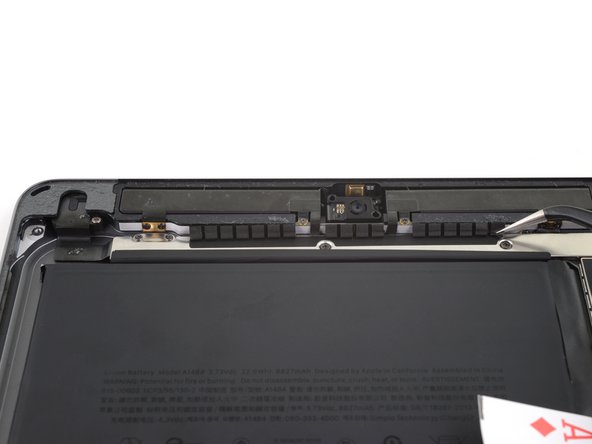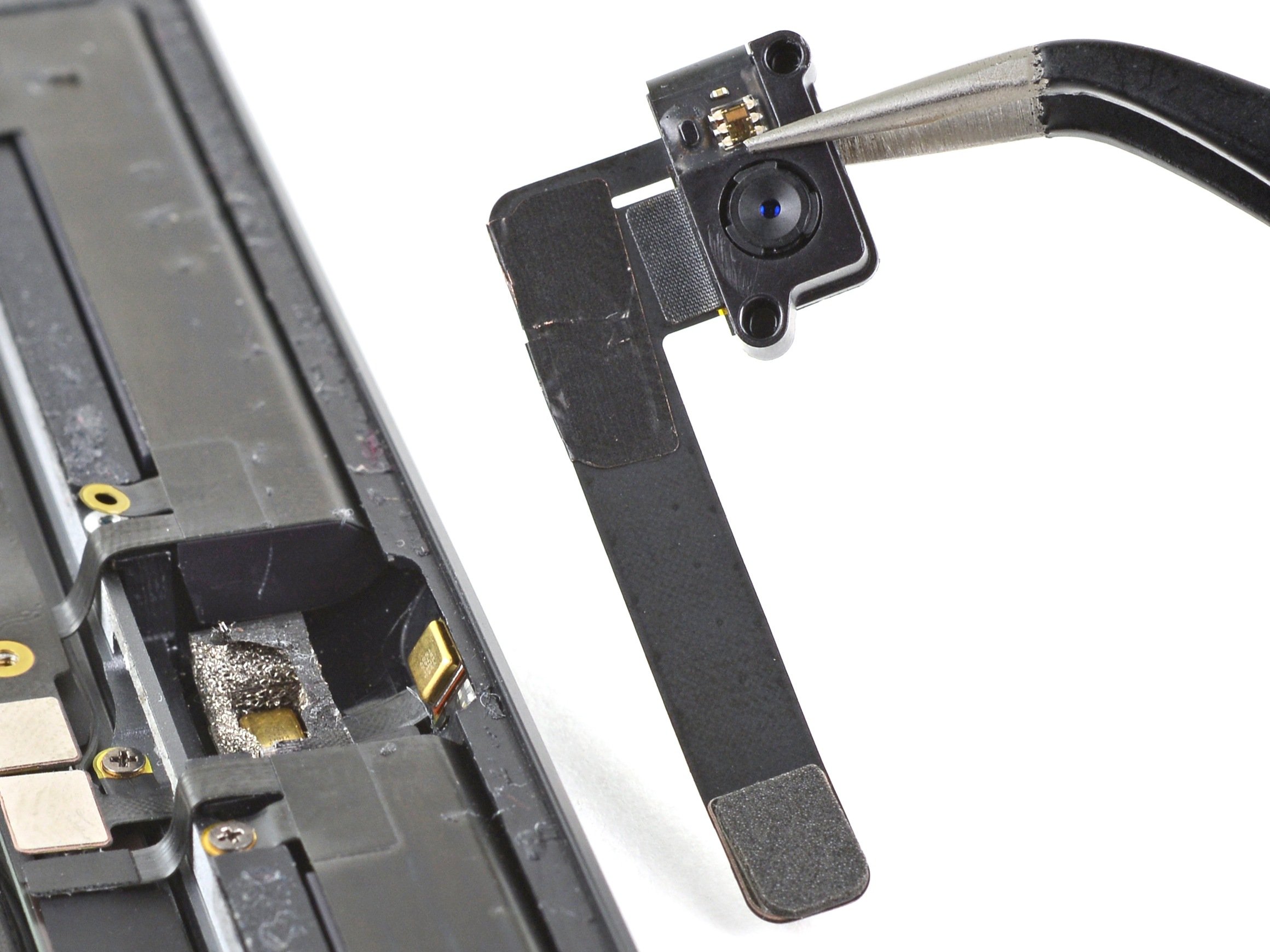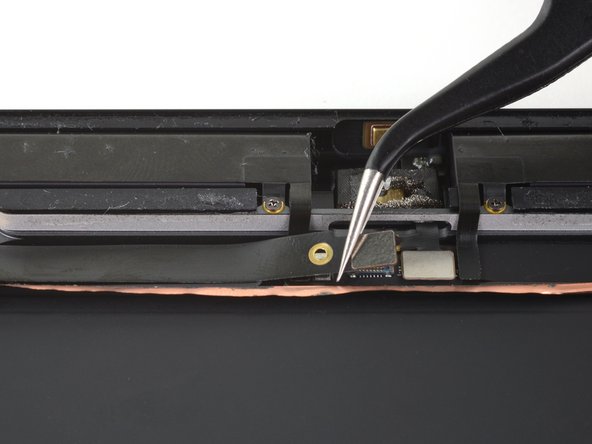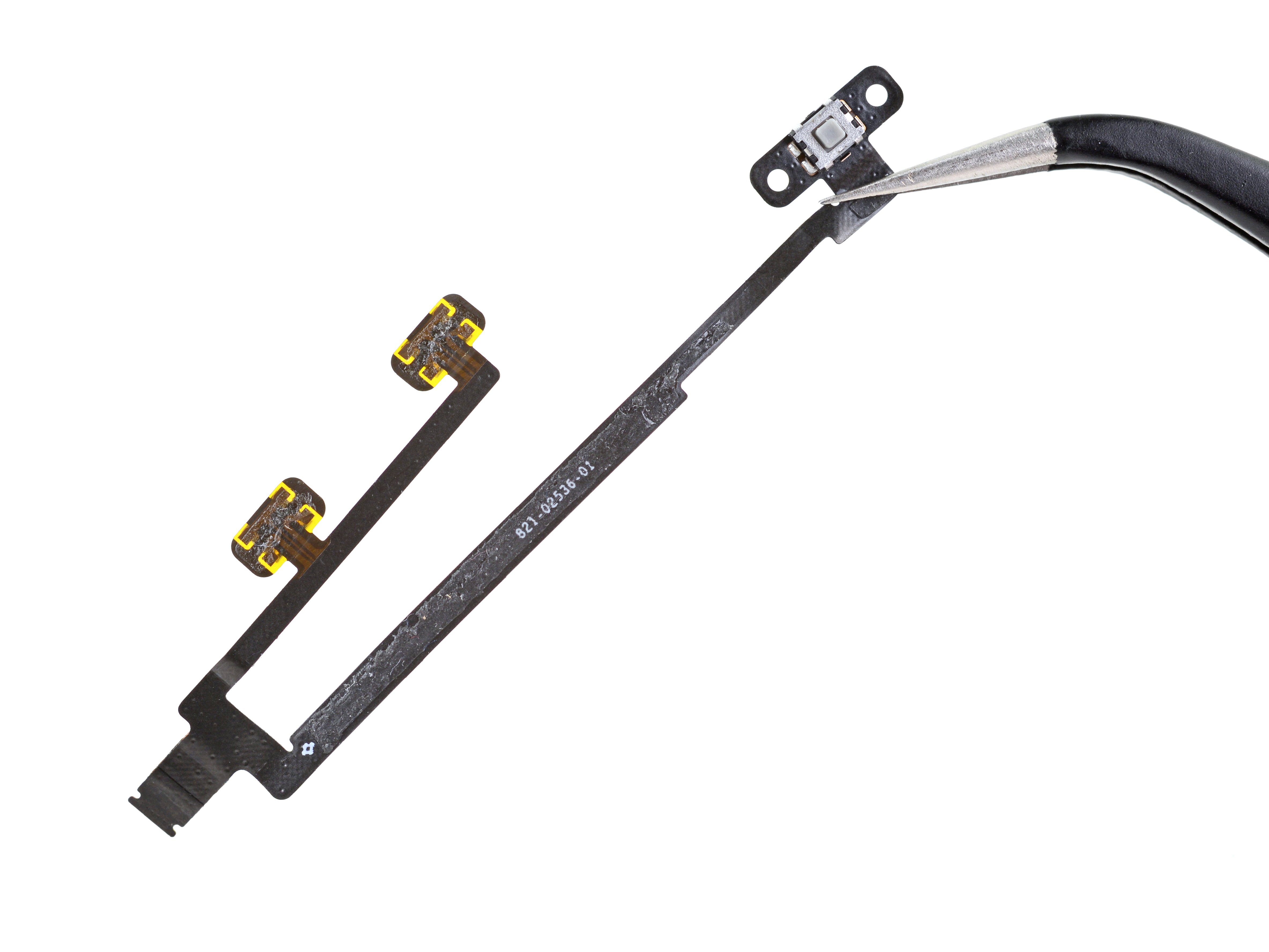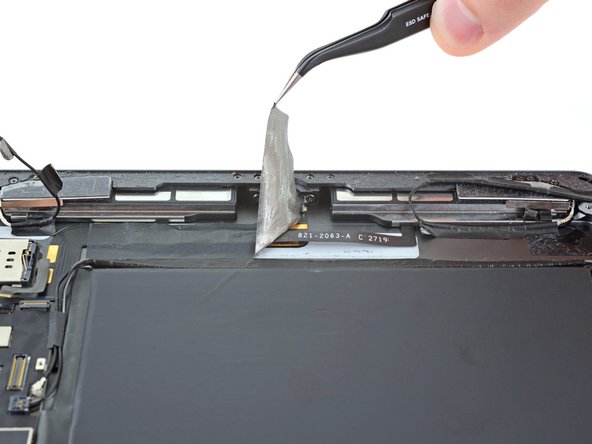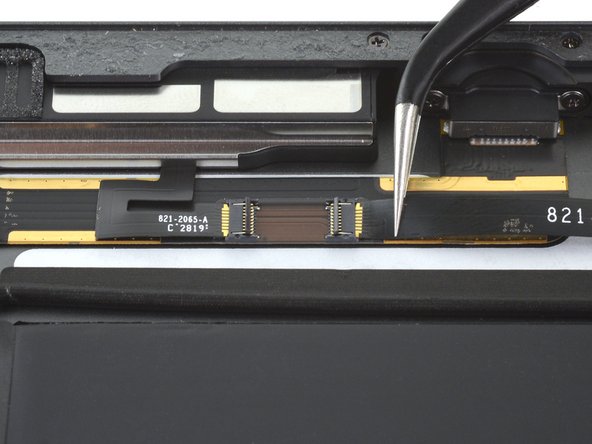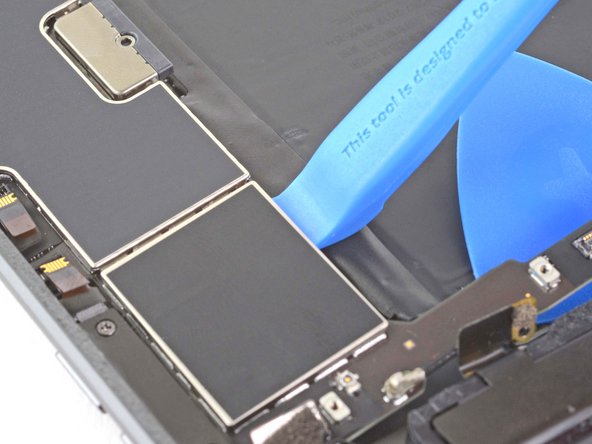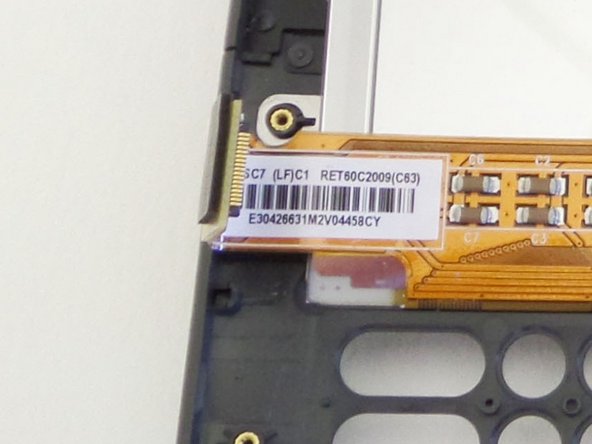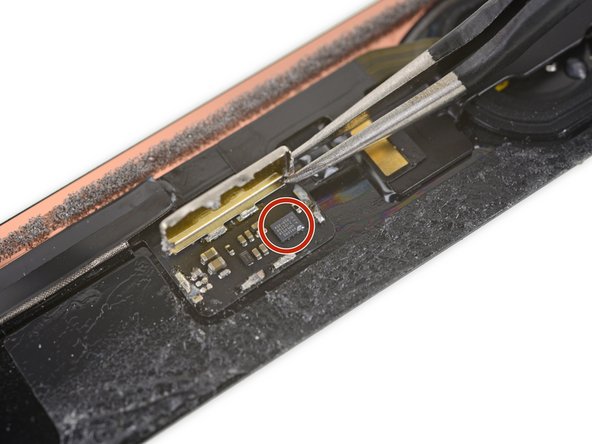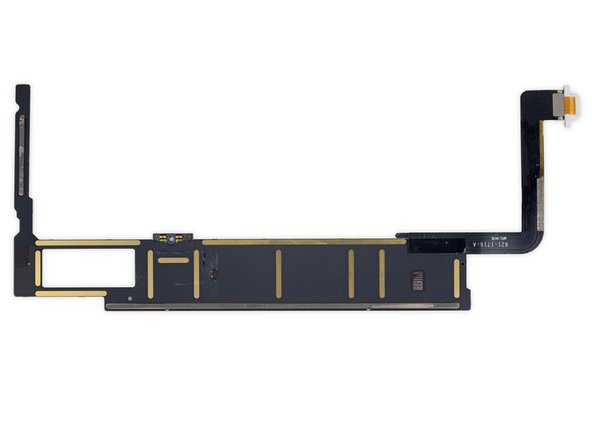Duration: 45 minutes
Steps: 36 Steps
Get ready to tackle the adventure of replacing the liquid crystal display (LCD) in your iPad 7! Unlike the latest iPads and most smartphones, the glass digitizer and LCD on this model are separate, making your job a bit easier. Just a heads up: this guide is specifically for the LTE version. If you’ve got the Wi-Fi version, be sure to check out the other guide. When it comes to isolating the battery with a battery blocker, proceed with caution! Those battery contacts are delicate and can easily be damaged, leading to some serious issues. If you decide to skip isolating the battery, steer clear of metal tools unless absolutely necessary (like when you’re removing screws) to avoid shorting the battery and causing trouble for the sensitive circuit components. Some of the photos you’ll see are from a different model, so they might look a tad different, but don’t worry—they won’t mess with the steps you need to follow!
Step 1
– Warm up your iOpener and gently press it onto the left edge of your device for about two minutes. Give it a moment to work its magic and soften things up!
Tools Used
Step 2
– While you wait for the adhesive to loosen up, keep an eye out for these tricky spots that don’t like being pried:
– Front camera
– Antennas
– Display cables
Step 3
The next three steps walk you through using the Anti-Clamp, a handy tool we created to make popping open your device a breeze. If you’re not using the Anti-Clamp, just skip ahead three steps for another way to get it done.
For the full scoop on how to handle the Anti-Clamp, check out this guide.
If your iPad’s surface feels a little too slick for the Anti-Clamp to grip, slap on some tape to give it a better hold.
– Slide the blue handle back to release the Anti-Clamp’s arms—easy does it!
– Set something underneath your iPad so it sits nice and balanced between the suction cups.
– Place the suction cups close to the center of the left edge—one near the top, the other near the bottom.
– Keep the bottom of the Anti-Clamp steady while pressing down firmly on the top cup to get a good seal.
Step 4
– Gently pull the blue handle forward to secure those arms in place.
– Give that handle a good twist clockwise, going all the way around 360 degrees or until you see those suction cups starting to stretch.
– Keep an eye on those suction cups to make sure they’re lined up just right. If they start to drift out of sync, loosen them up a tad and realign those arms like a pro.
Step 5
Take it easy—turn just half a twist at a time, and give it a minute between each one. Let the Anti-Clamp and some patience do their magic.
Want the full scoop on how to operate a hair dryer like a pro? Check out this guide.
If the Anti-Clamp isn’t making enough room, give the area a bit more heat and twist the handle clockwise half a turn to get things moving.
– Give it a minute to let that adhesive chill out and create a little opening for you.
– If your screen isn’t warming up enough, a hair dryer can be your best buddy for heating up the left edge of the iPad.
– Slide an opening pick under the digitizer once the Anti-Clamp has made a nice gap for you.
– Feel free to skip the next step!
Step 6
– Get that screen feeling warm and cozy! Once it’s nice and toasty, grab a suction handle and stick it on the left edge of the screen, as close to the edge as you can get.
– Now, gently lift the screen using the suction handle to create a little gap between the digitizer and the frame. Just a small opening is all you need!
– Slide an opening pick into that gap you’ve made between the digitizer and the frame. You’re doing great!
Got a cracked display? No worries! You can try sticking a layer of clear packing tape over it to give that suction cup a little extra grip. If that’s not cutting it, strong tape can step in as a backup. Worst case scenario, you can always give it a helping hand by supergluing the suction cup to the screen. Got it fixed? Or need some extra support? If you’re stuck, schedule a repair and we’ll sort it out!
Tools Used
Step 7
No need to stress if you spot that opening pick peeking through the digitizer — just give it a gentle tug and pull it out. The LCD screen should be just fine, but be aware that you might leave behind some sticky adhesive that can be a bit of a pain to clean up.
– Pop in a second opening pick into that gap you just made. You’re doing great!
– Gently slide the pick over to the bottom-left corner of your device to help loosen the adhesive. Keep it steady!
– Now, leave that pick in the bottom-left corner to keep the adhesive from sticking back together. You’re on the right track!
Step 8
– If your opening pick gets a bit stuck in the adhesive, just gently ‘roll’ it along the edge of the iPad to keep things moving and separate the adhesive smoothly.
Step 9
– Gently slide the first opening pick towards the top-left corner of your device to break that sticky adhesive seal. You’ve got this!
– Keep that pick in place at the top-left corner to stop the adhesive from getting all clingy again. Nice work!
Step 10
– Warm up your iOpener and place it on the top edge of your device for two minutes. Let the heat work its magic!
Tools Used
Step 11
– Take your pick and gently slide it around the top-left corner of the device, making sure to break through the adhesive without rushing.
Step 12
Be careful not to slide the pick near the front camera – you wouldn’t want to scratch that lens! Follow these steps to keep things smooth and safe.
– Gently slide the opening pick along the top edge of your device. Stop just shy of the front camera—no need to get too close, you don’t want to disturb it!
Step 13
– Gently pull the pick out so that just the tip stays wedged between the digitizer and the frame.
– Slide the pick over the front camera to carefully loosen the adhesive.
– Keep the pick resting near the right side of the front camera before moving on to the next step.
Step 14
– Pop the pick back in and slide it up to the top-right corner to fully loosen that stubborn top adhesive.
– Keep the pick lodged in the top-right corner so the adhesive doesn’t sneak back and seal itself.
Step 15
– Warm up your iOpener and give it a two-minute rest on the right edge of your device. Let it work its magic and soften things up.
Tools Used
Step 16
– Gently glide the pick around the top-right corner of your device to break that adhesive seal. You’ve got this!
Step 17
The display cables hang out about halfway up from the bottom edge of your iPad. Pause your sliding adventure once you hit the three-inch mark from the bottom to keep things safe and sound.
– Place a fresh opening pick into the edge of your iPad, then gently slide it along to the middle of the right side. Take your time – you’re almost there!
Step 18
– Warm up an iOpener and give it a nice cozy spot on the bottom edge of your device for about two minutes.
Tools Used
Step 19
Be careful not to spin that pick all the way around the corner, or you might just give the antenna a little too much love and damage it instead!
– Gently slide the pick down to the bottom-left corner to loosen up that adhesive.
– Keep the pick wedged there before moving on to the next step.
Step 20
Remember to slide that pick toward the home button only—going the other way could give the antenna a bad day!
If you’re finding it tricky to slide the pick in this spot, no worries! Just take it out and try reinserting it from the bottom-left corner.
– Gently slide a new opening pick into the gap you just made along the bottom edge of the iPad.
– Carefully move the pick past the antenna, stopping right before you reach the home button.
– Let the pick rest just to the left of the home button before moving on to the next step.
Step 21
Be sure to gently insert the pick no more than 1 mm to keep that right antenna safe and sound!
– Gently slide an opening pick into the gap you’ve made—no need to rush, take your time.
– Carefully maneuver the pick under the home button and slide it towards the bottom-right corner. Just the tip of the pick should be between the digitizer and the frame, so make sure it’s a smooth, easy ride!
Step 22
Remember to slide the pick toward the home button and not away from it—your antenna will thank you for it!
If you find yourself needing to slide the pick over this spot again, just pull it out and re-insert it from the bottom-right corner. Nice and easy!
– Slide the pick back in and gently work it toward the home button to fully release that stubborn bottom adhesive.
– Once it’s free, rest the pick just to the right of the home button before moving on.
Step 23
– Warm up an iOpener and gently press it against the right side of your device for about two minutes. Give it a moment to work its magic before moving on.
Tools Used
Step 24
Take it easy during this step! Make sure the adhesive is nice and toasty, and gently work your pick to separate all the adhesive. Remember, it’s perfectly okay to pause and give it another heat-up if needed!
If you’re feeling some serious resistance, just give those edges a little more heat and gently glide an opening pick along them. You’ve got this!
– Gently twist those opening picks at the left corners of your iPad to lift the digitizer just a tad, which will help you break free the last bits of that pesky adhesive. You’ve got this!
Step 25
– Gently lift the left side of the digitizer to help loosen the adhesive along the right edge of your iPad. You’ve got this!
Step 26
– As you gently hold the digitizer in place, take an opening pick and slide it between the two display cables to break free the last bits of adhesive. You’re doing great!
Step 27
– Once all the sticky stuff is out of the way, flip the digitizer open like a book and lay it down next to the iPad. Nice and easy!
– When putting everything back together, don’t forget to tidy up! Use some isopropyl alcohol to wipe away any leftover adhesive from the frame—and give the digitizer a little love if you’re reusing it. Then, stick on some new adhesive strips or pre-cut adhesive cards to keep things secure.
– Watch out for those display cables during reassembly! Make sure they’re neatly tucked away under the LCD screen to avoid any mishaps.
Step 28
– Grab your Phillips screwdriver and take out the four 4.3 mm screws holding the LCD to the frame.
– Keep a close eye on every screw throughout this process — each one needs to go back exactly where it came from to keep your device happy and safe.
– Peel away any tape that might be hiding the LCD screws before you get started.
Step 29
Hold up! Don’t yank the LCD all the way out just yet—it’s still hanging on by a few cables near the home button.
Gently lift the LCD starting from the front-facing camera side only.
– Use the flat end of a spudger to gently lift the LCD out of its snug spot, just enough to get a good grip with your fingers.
– Carefully flip the LCD like you’re turning a page in a book, lifting from the camera side and gently turning it over towards the home button end of the case.
– Place the LCD down on a clean, soft, lint-free surface so you can get to the display cables without any hassle.
Tools Used
Step 30
– Grab your trusty Phillips screwdriver and go ahead and remove the single 2.3 mm screw that’s holding the battery connector to the logic board. Nice and easy, no need to rush!
Step 31
Check out these pics to see what the battery connector looks like tucked under the logic board. Keep them handy as you carefully unplug the battery.
Heads up: the battery connector uses cantilever springs on the logic board that press against the battery’s contact pads. Since both the logic board and battery are glued down, you’ll want to slide a thin, flexible tool between the contacts to safely disconnect the battery.
Step 32
Handle the battery blocker with care! Those battery contacts are delicate little guys—bend or break them, and there’s no going back.
Make sure the iFixit logo on the battery blocker is facing up and ready for action!
Be gentle with that battery blocker—no need to force it under the connector like a ninja. If it’s being stubborn, grab a playing card and use that to disconnect the battery instead.
The battery blocker or playing card should smoothly glide under the logic board without any roadblocks. Once it’s in, it should sit at a cozy 15-degree angle.
– Gently slide the battery blocker under the logic board’s battery connector at about a 35-degree angle.
– Keep that battery blocker right where it is while you continue working.
Tools Used
Step 33
– Grab your trusty Phillips screwdriver and unscrew those three tiny 1.4 mm screws holding the display cable bracket in place. Once they’re out, you’re one step closer to victory!
Step 34
– Take off that display cable bracket like a pro!
Step 35
– Take the flat end of your trusty spudger and gently lift the LCD cable straight up from the press connector. Easy peasy!
– When it’s time to reattach those press connectors, just line it up carefully and press down on one side until you hear that satisfying click! Then do the same on the other side. Remember, no pressing down in the middle! If it gets misaligned, those little pins can bend, and we definitely don’t want that. Keep it precise for a smooth ride!
Tools Used
Step 36
– Put your device back together by retracing these steps in reverse.
– Remember to bring your e-waste to an R2 or e-Stewards certified recycler.
– If things didn’t quite work out, try some basic troubleshooting or reach out to our community for support. And if you’re still stuck, you can always schedule a repair with us.
Success!

































































































































